
NLP & AI Oncology Steerage
ROLES
Research
User Testing
UX Design
UI Design
Prototyping
Project Management
PLATFORM
Web
Tablet
RESULTS
Submission errors were reduced by 60%
Request tickets were reduced by 36%
Formulary Alternatives were increased by 14%
The core objective was to eradicate input errors and introduce intelligent formulary alternatives rooted in patient history and outcomes. Leveraging our NLP reader, we meticulously scanned patient documents to verify essential data required for protocol enhancement. Simultaneously, our AI engine came into play, drawing insights from an extensive patient outcome database to generate treatment suggestions. **Due to a NDA I can't reveal actual screens, I've encapsulated the essence of this transformative endeavor wireframes, showcasing the innovative strides made in healthcare through cutting-edge technology and design thinking.
The original Protocol and Formulary submission process allowed medical document uploads but lacked automated verification of required patient data and essential items. As a result, our CX team manually contacted provider offices via email or phone to collect missing information. This created a major bottleneck: over 45% of submissions were incomplete, delaying critical oncology protocols, frustrating providers, and driving significant operational costs.
The core challenge was optimizing the NLP reader for both speed and accuracy. Engineering had achieved ~90% accuracy, but processing large documents (e.g., 76 pages) took one to two minutes: unacceptable for real-time UX.I redesigned the workflow to eliminate delays. I moved document upload to the first step.
If the NLP scan completed quickly, users received immediate feedback and warnings. If processing exceeded a time threshold, users could continue filling the protocol form uninterrupted, with all warnings surfaced only at final submission. This ensured smooth progression while preserving data integrity.

Medical document uploader
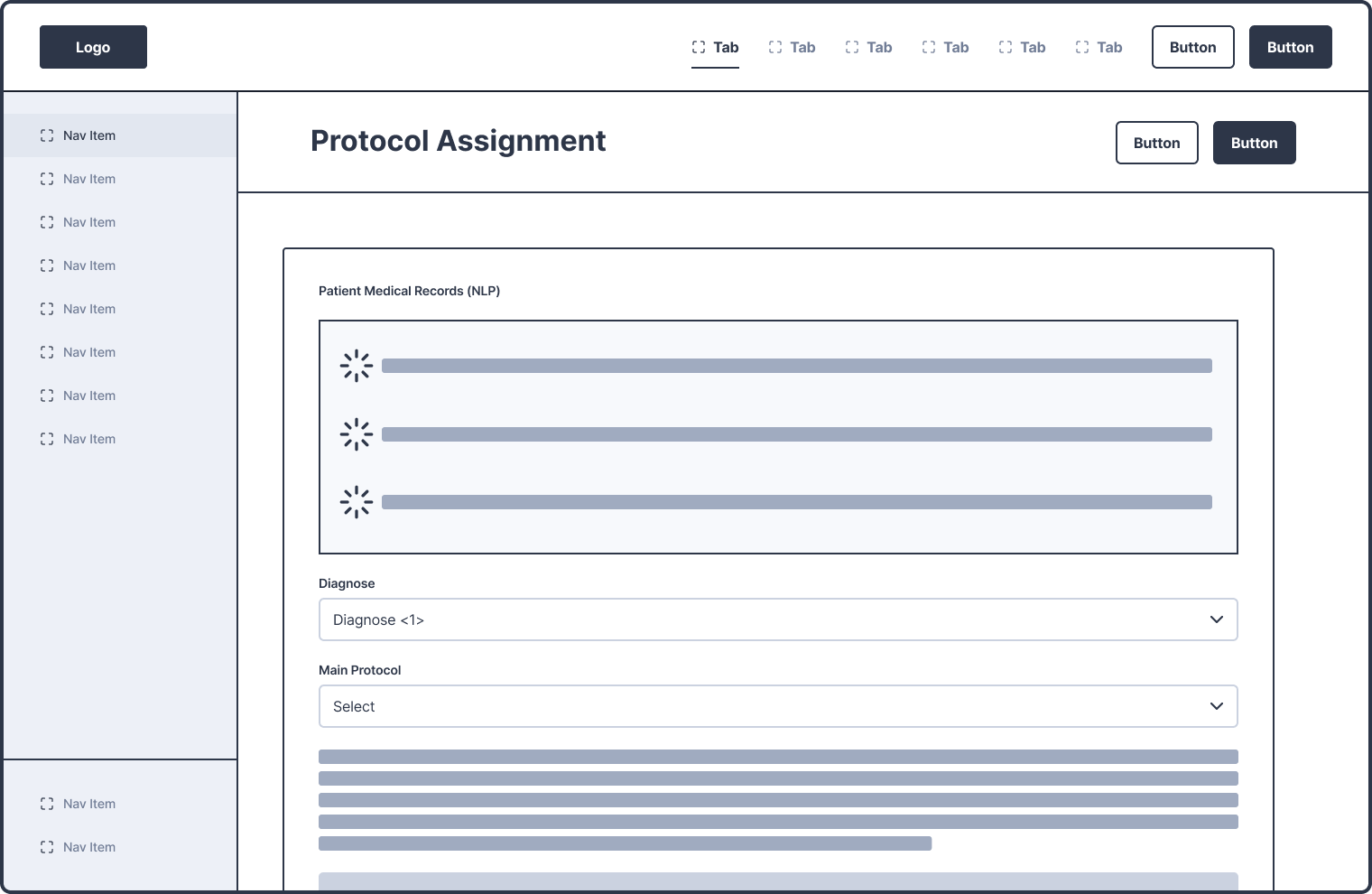
NLP engine running scanning the documents for the required values and information

As values are found, the dashboard fills
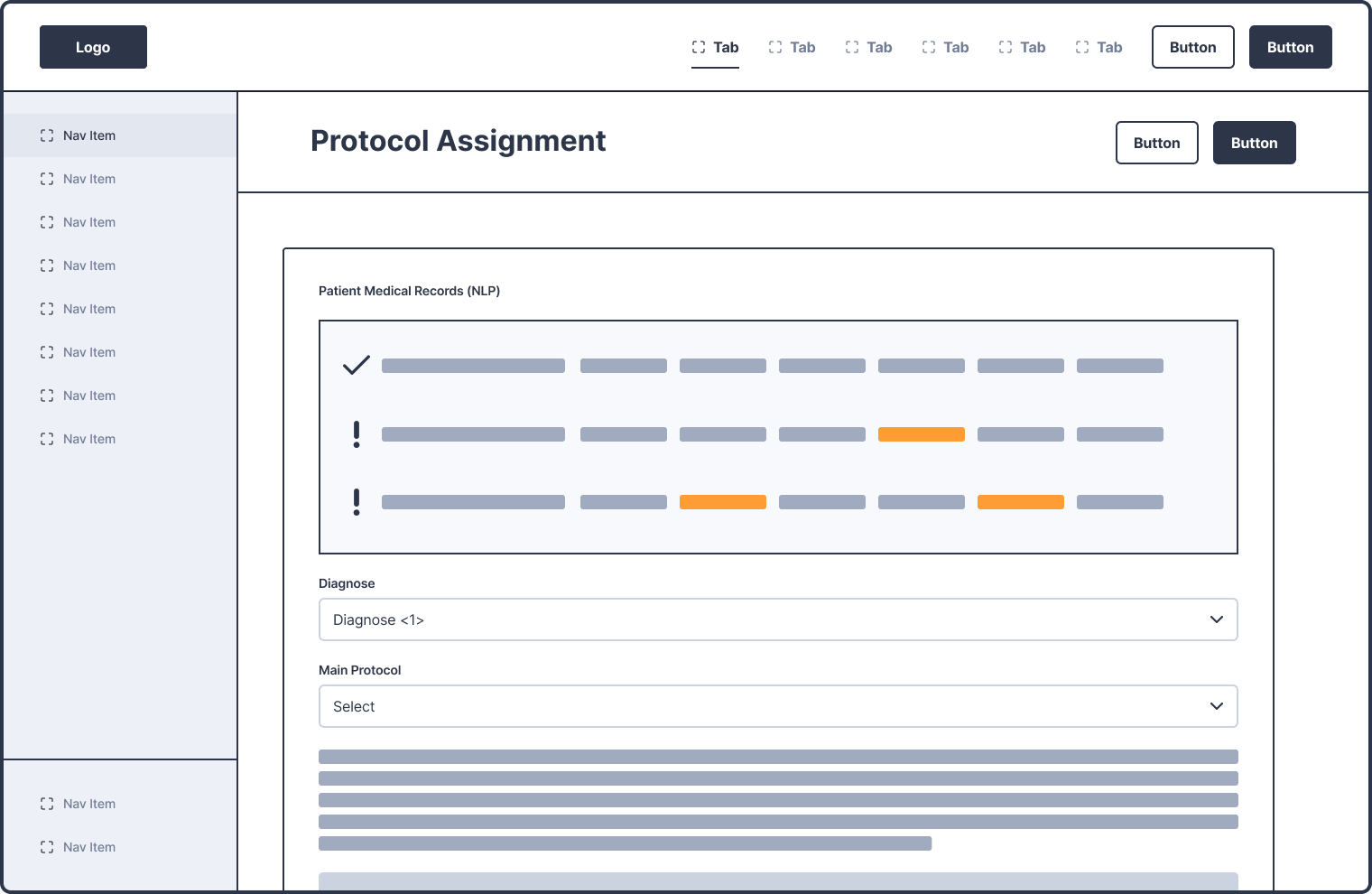
If all required values are found, success is shown. incomplete values are highlighted
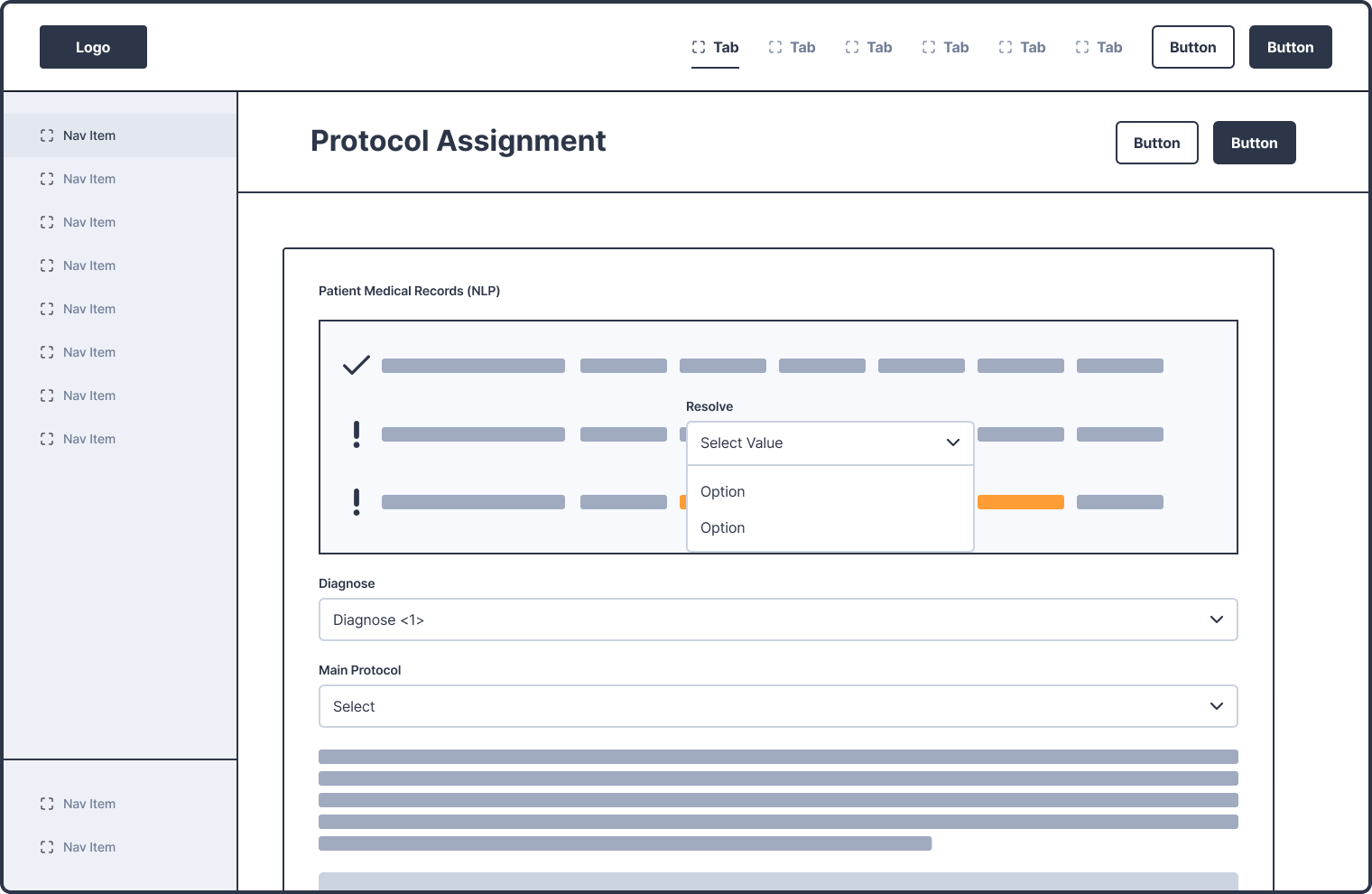
User can manually override or provide correct information
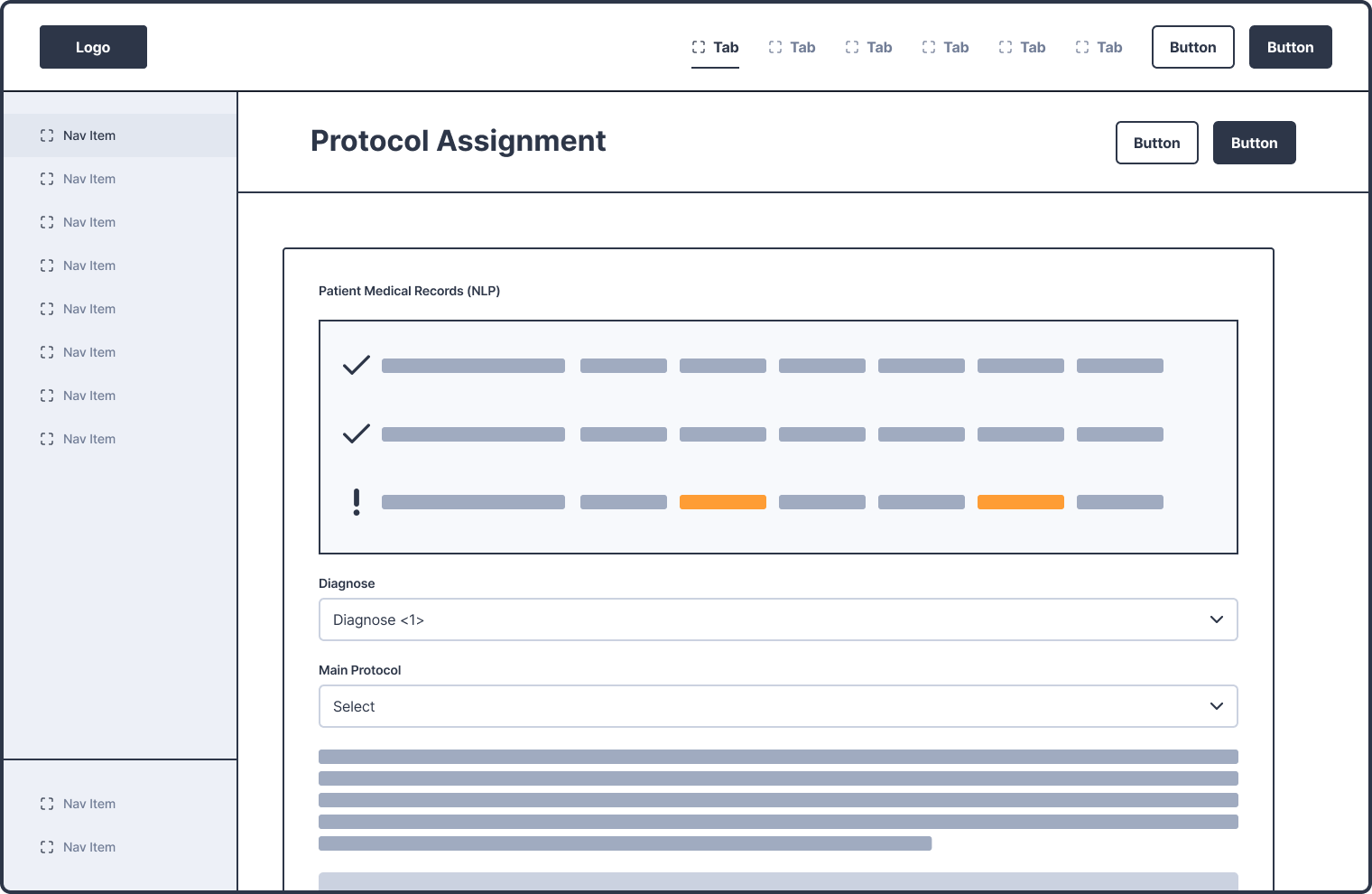
Once satisfied, success is shown
AI Protocol Suggestion
With our extensive database of patient outcomes and historical data, we've developed a robust AI model to recommend the most suitable formulary for each individual patient. Recognizing that the industry's standard approach may not always align perfectly with every patient's unique needs, our model ensures that patients receive personalized formulary recommendations. This tailored approach minimizes trial and error, ultimately optimizing patient outcomes for the best results.

Provider selects diagnosis
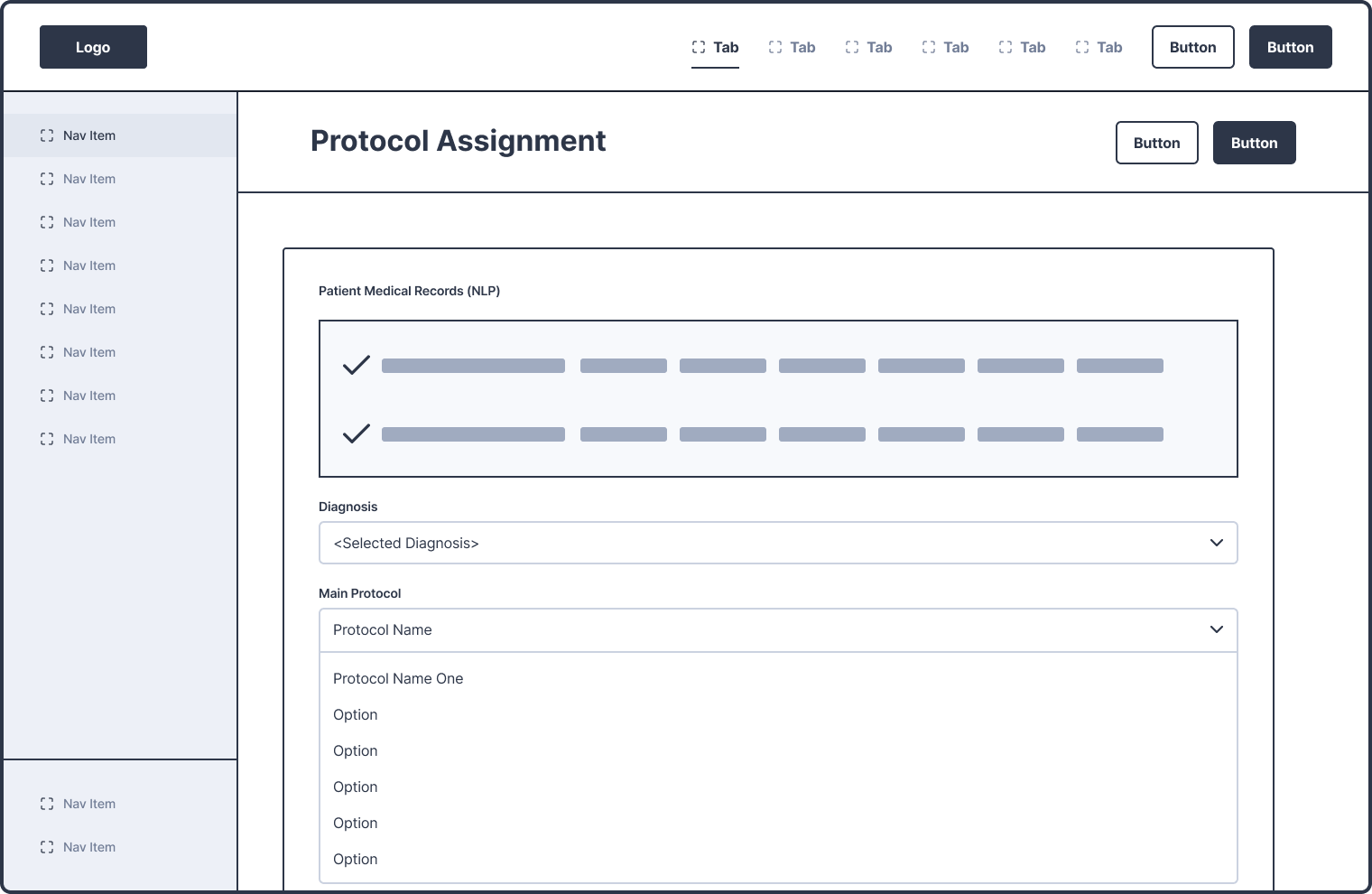
Provider selects protocol
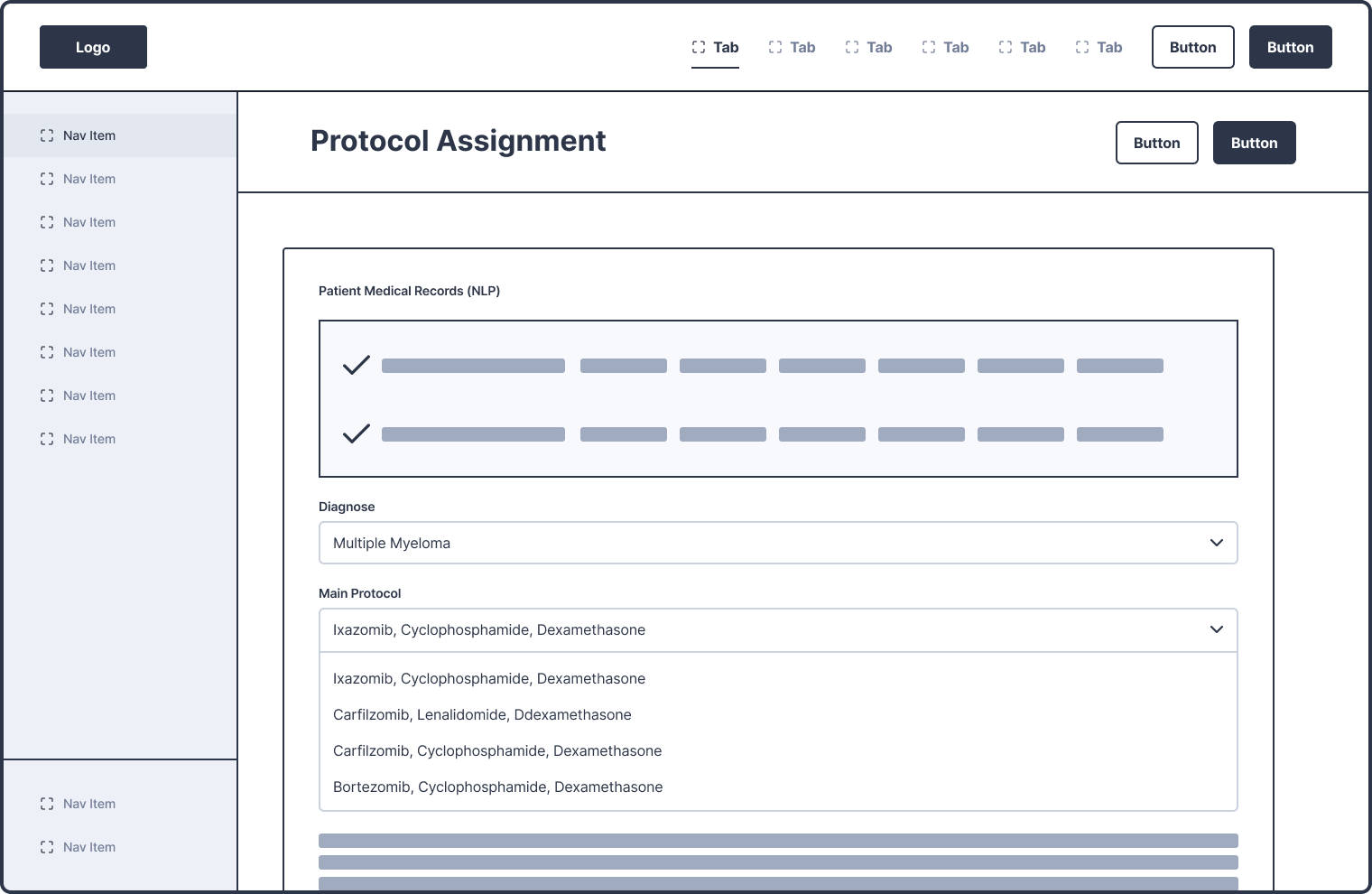
Appropriate protocols are suggested
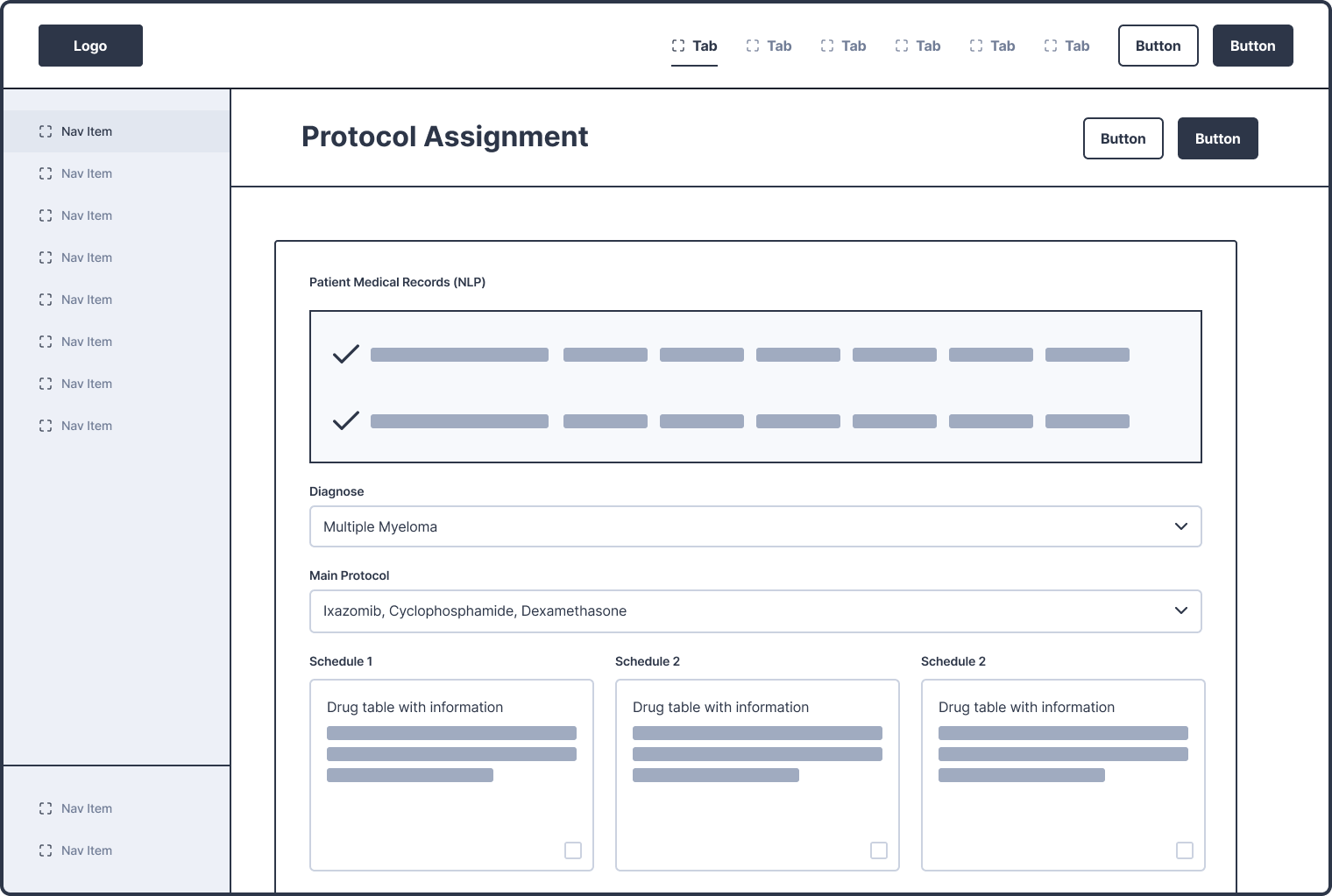
Based on the patient's medical history, the AI system suggests optimal schedules for the best results

Provider selects an AI suggested schedule
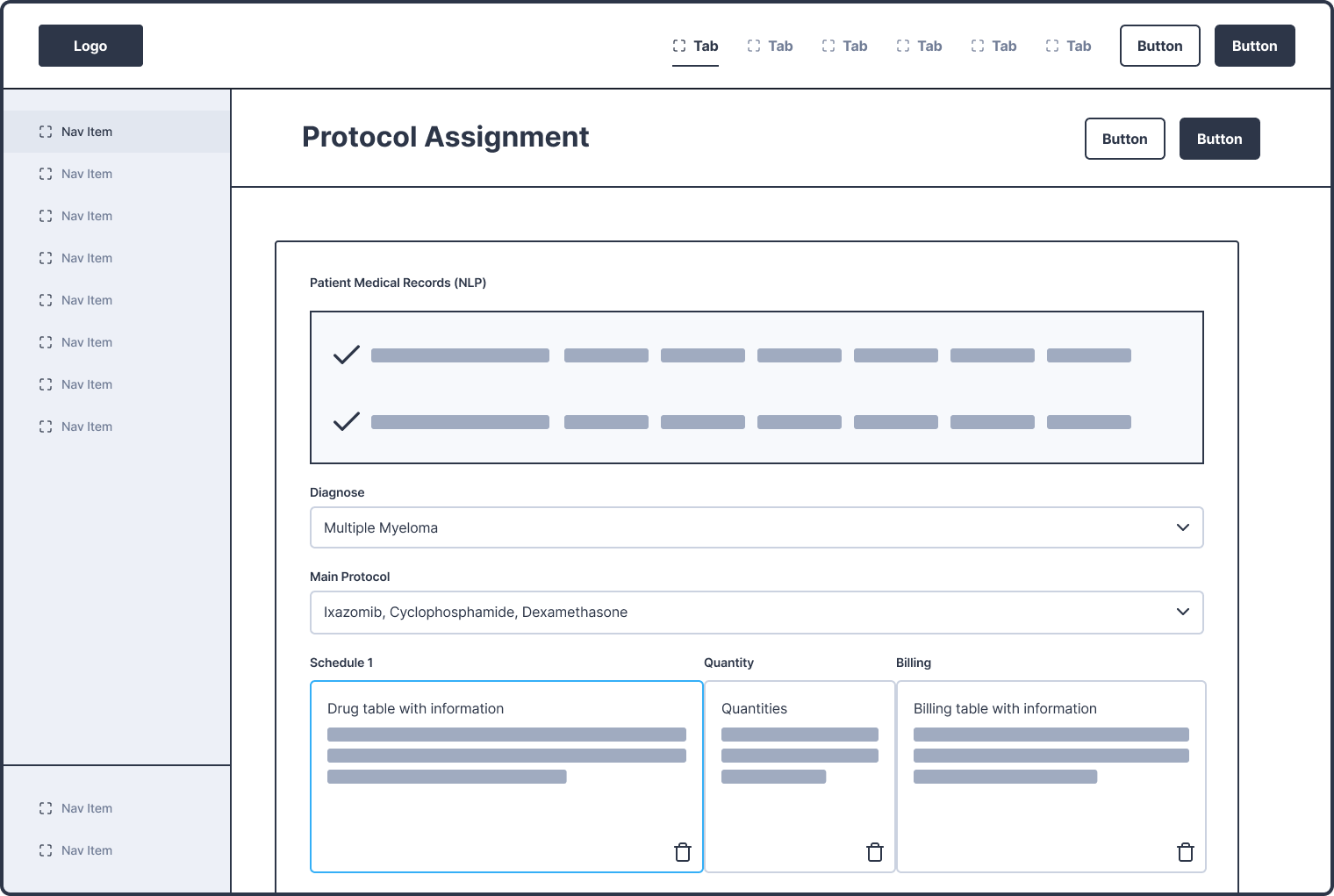
After a schedule is chosen, the quantity and billing details are displayed.
Formulary Suggestion & Submit
Warnings are surfaced during the submission process and must be addressed before the provider can proceed with their official submission. These modifications led to a remarkable 60% reduction in input errors and substantially alleviated the burden on our CX team in terms of liaising with providers to obtain the correct documents and values.
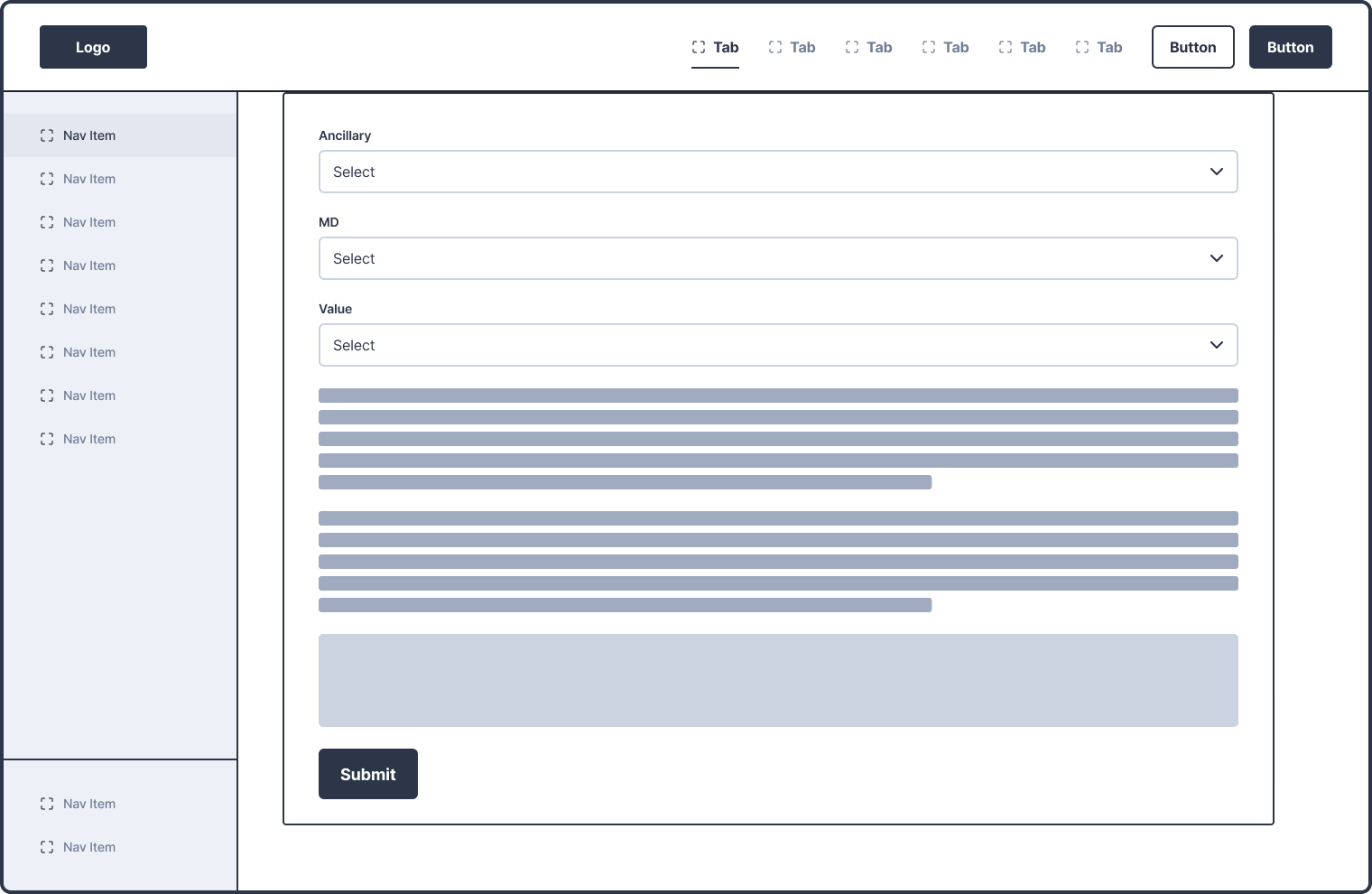
After completion, the provider submits the information.

If the NLP reader isn't completed on time, the summary report highlights any concerns requiring provider intervention.

The provider chooses the document requiring attention with resolution options.
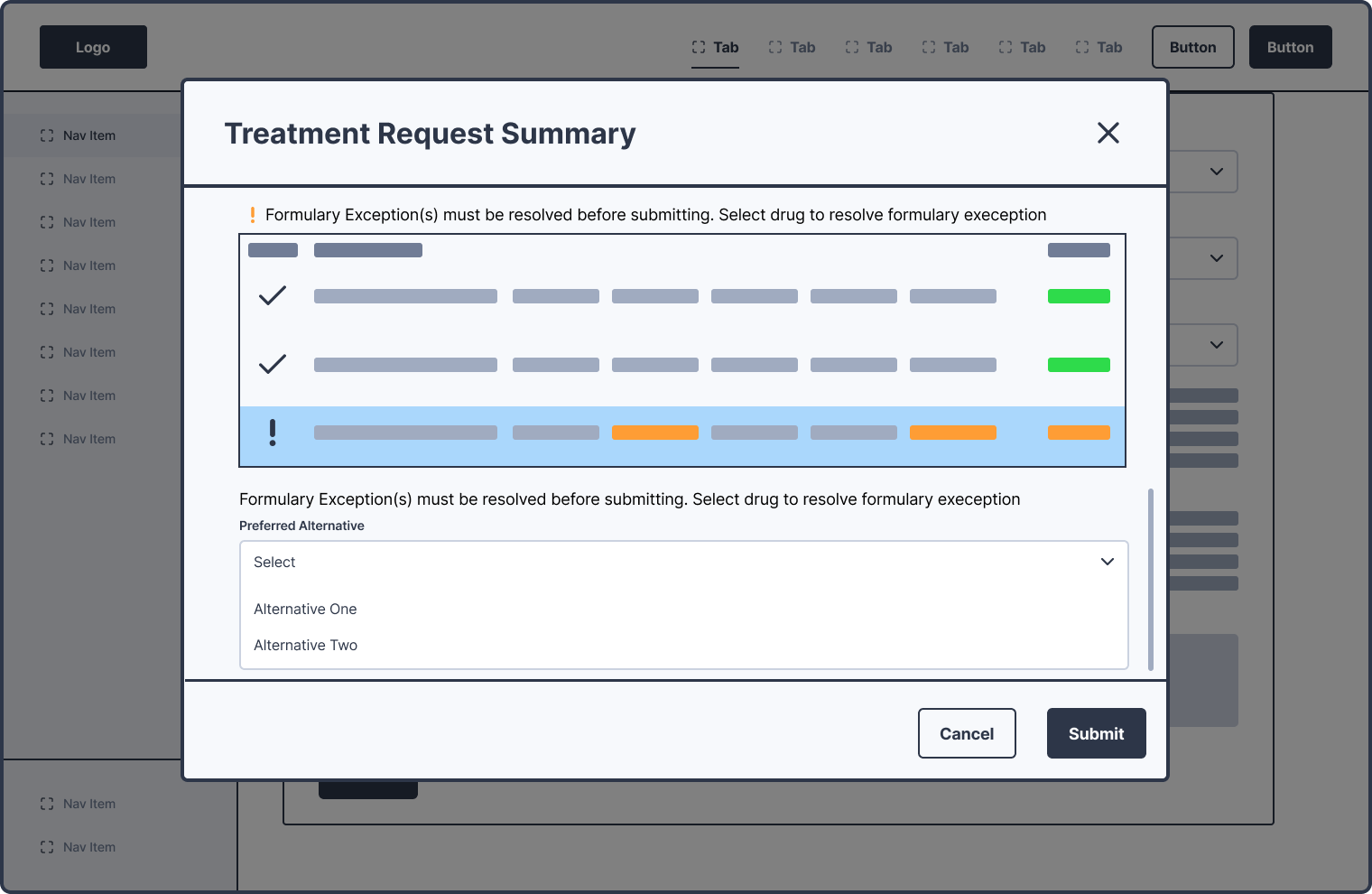
The provider selects the proper resolution.

After resolution, the summary report indicates success, allowing the provider to submit.

